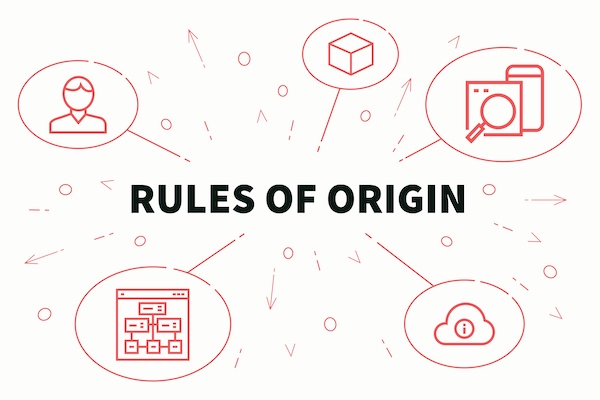
By the end of this course you will gain basic understanding of the key concepts in Copyright Law for Arts, such as definition of copyright and related rights, copyright ownership and licensing, plagiarism, fair use, and copyright infringement. The students will get acquainted with key national, regional and international copyright legal acts and regulations.
The participants will also gain basic understanding of the key concepts in Industrial Design and Trademark for Arts, such as main definitions of industrial design and trademark, their importance for the art, main instruments for industrial design and trademark protection, key international and regional treaties in industrial design and trademark protection, registration of industrial design and trademark, infringement of industrial design and trademark protection rules. The students will get acquainted as well with key national, regional and international copyright legal acts and regulations in the field of trademark and industrial design.

In the fast-changing and competitive world of tourism, it is increasingly important to differentiate products and services in the market. The perception of products and services as unique influences consumers’ purchasing decisions. Differentiation often comes from intangible features that add value – such as cultural resources, authenticity, creativity, aesthetics, design, image, brand or innovative technology. Investing in this added value is a key element for success in the global market and this investment requires protection. The creator needs to secure the exclusive right to choose how to leverage these intangible assets.
This is where IP system emerges as a key element driving the dynamic evolution of the tourism sector. It can be applied to tourism value chain providers – for example, transportation, accommodation and hospitality, and tour operators – or to destinations.



By the end of this course, the participant will gain knowledge and understanding of the fundamental principles that underpin bookkeeping and accounting. Participants will learn the rule of double-entry bookkeeping, basic Excel knowledge and how to prepare the two principal financial statements: the balance sheet (also known as the statement of financial position) and the profit and loss account (also known as the income statement).


By the end of this course, the participant will be aware of the rationale and purpose of rules of origin and the main criteria for determination of the 'Country of Origin' both within the non-preferential and preferential origin, on the regulation in Seychelles governing non-preferential origin, the principles and main characteristics of EPAs with their main rules, the criteria for the determination of origin in the EU-ESA iEPA, with the main provisions of the Agreement, the Product Specific Rules (PSR), derogations and the tolerance rule, the Registered Exporters (REX) system, procedures for issuance of proofs of origin (EUR.1 certificates and invoice declarations) and cumulation schemes within the EU-ESA iEPA.
By the end of this course,
- Gain understanding of key issues in copyright and related/neighbouring rights protection internationally.
- Understand the main types of creations and works can be protected by copyright and related/neighbouring rights.
- Understand the main conditions for obtaining copyright protection.
- Get acquainted issues related to copyright enforcement and infringement.

This course deals with patents, how they are applied for and registered. The objective of this course is to help the participant develop a general understanding of the skills needed for drafting a patent application, filing it, and working with patent authorities to have it issued as a patent. Since national/regional laws and practices may vary significantly, the course participant must also review and understand the specific requirements for the jurisdictions of interest to his client.
The Manual for the course is a compilation and compendium of different sources, such as the WIPO Patent Drafting Manual , Patent it Yourself , and other resources designated throughout the text.
